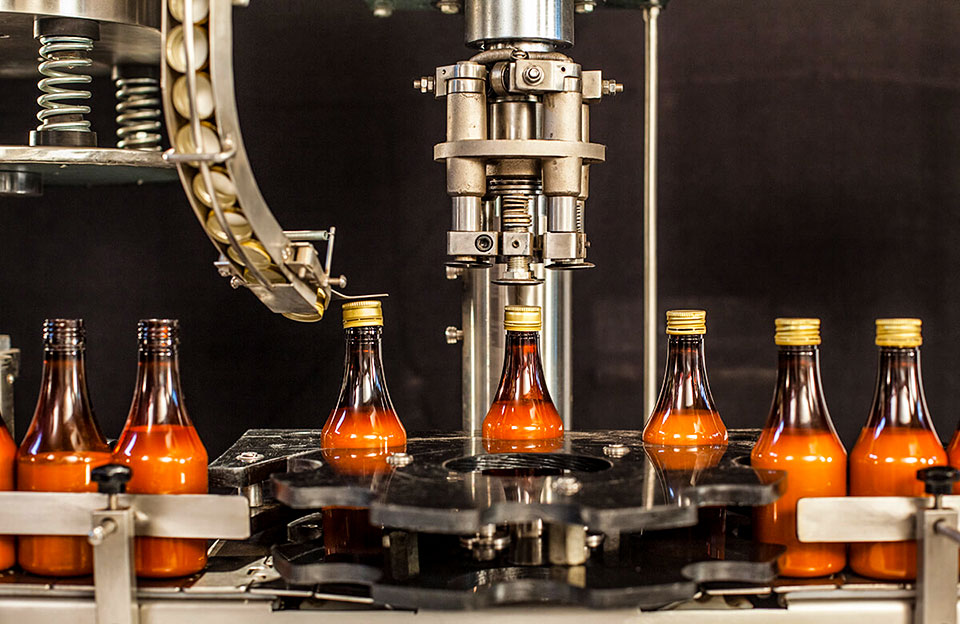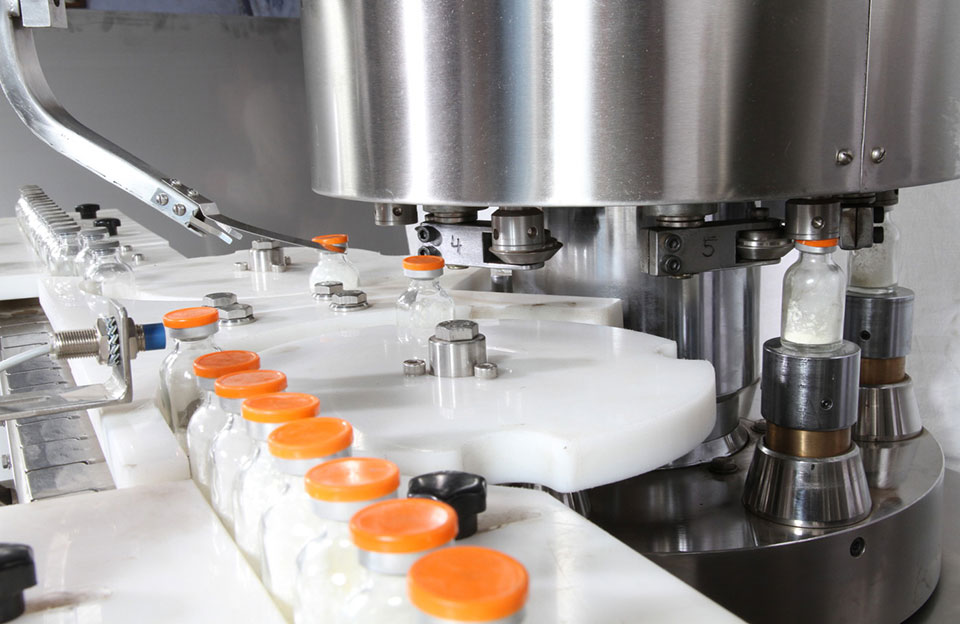Canned food is important in the modern food industry, providing consumers with convenient, long-lasting, diverse food choices. However, canned food also faces challenges in ensuring quality and shelf life. These challenges include oxygen penetration, microbial growth, food spoilage, and maintaining the natural properties of foods.
In response to these issues, food manufacturers have adopted various technologies and innovative approaches, such as vacuum sealing technology and using antioxidants, to ensure canned food’s quality, safety, and shelf life. The vacuum capping machine is a machine often used by food manufacturers. The vacuum capping machine is widely used and can perform vacuum bottle capping operations on various bottled products, such as chili sauce bottles, cans, food, high-end health care products, etc.
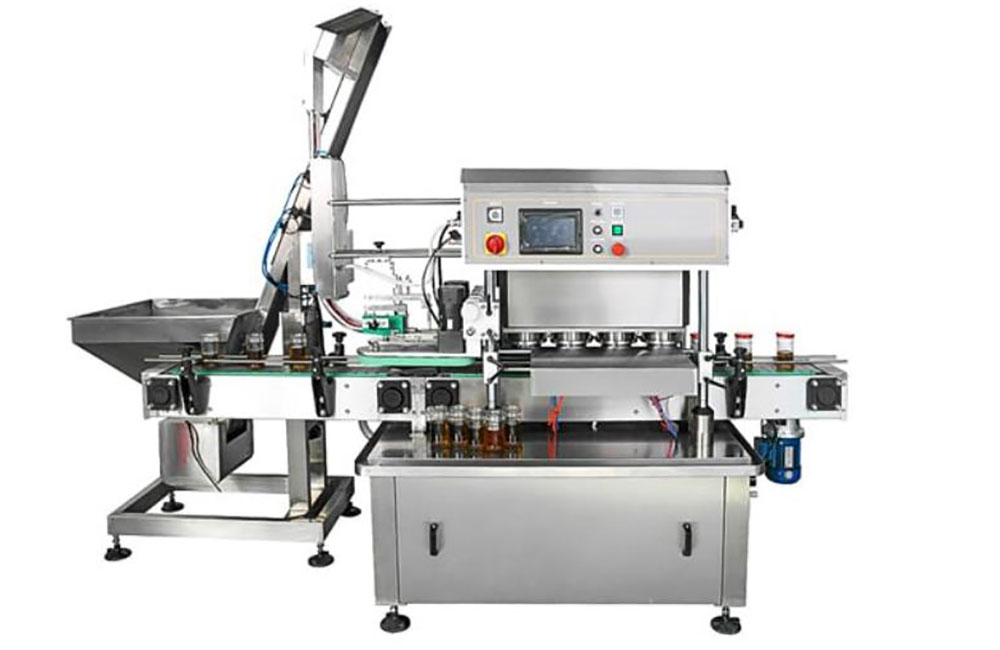
Canned Food Packaging Challenges
Canned food packaging faces quality and freshness challenges in the modern food industry, and these challenges are of great significance for ensuring the quality of food and extending its freshness period.
Quality Challenges:
- Oxygen Exposure: Oxygen in canned foods can cause oxidation reactions that can degrade the food, reduce its nutritional value and make it taste not good. Especially foods containing fat and vitamins are more susceptible to oxygen.
- Odor Penetration: Canned foods are susceptible to the penetration of external odors that can cause the food to become off-flavored or lose its original aroma. This affects the flavor of the food and consumer satisfaction.
- Microbial Growth: Despite the airtightness of canned food, microorganisms can still grow in the food, especially if the seal or processing is incomplete. This may lead to food spoilage and even cause food safety hazards.
Freshness Challenge:
- Food Spoilage: Canned food can spoil when stored for a period of time, causing the food to lose quality, taste bad, or even become unsuitable for consumption.
- Preserve Natural Properties of Foods: The processing of canned foods can affect their natural properties, such as taste, color, and nutritional value. Maintaining the original properties of food products is a challenge.
- Package Integrity: The airtightness of canned food is the key to freshness. If the seal is not good, outside air and microorganisms may enter the food, affecting the shelf life and quality.
The Role of Vacuum Technology in Food Preservation
Vacuum technology plays an important role in food preservation by creating a low-oxygen environment to extend the shelf life of food and reduce the risk of food spoilage. The following is the role of vacuum technology in food preservation:
- Oxygen Removal: Vacuum technology reduces food exposure to oxygen by evacuating the air from the container. Oxygen is one of the main factors that cause oxidation reactions and bacterial growth, and removing oxygen can delay the spoilage process of food.
- Reduced Microbial Growth: The vacuum environment reduces the living space for microorganisms because most microorganisms need oxygen to grow. By reducing oxygen, vacuum technology effectively inhibits the growth of microorganisms such as bacteria, mold, and yeast, extending the freshness period of food.
- Maintain Food Quality: Oxygen and moisture can cause food quality degradation, such as oxidation, discoloration, hard texture, etc. With vacuum technology, food can maintain its original texture, color, and taste in a more stable environment.
- Prevent Freezer Burns: When freezing food, vacuum packaging can effectively reduce the risk of freezer burns. In a vacuum environment, moisture will not freeze to form large crystals, thereby reducing the damage to the food cell structure.
- Prevents Flavor Transmission: Vacuum sealing prevents flavor from food spreads to other foods, preserving the unique flavor of each food.
- Reduced Food Waste: Since vacuum technology extends the shelf life of food, food can be kept longer, reducing the possibility of food waste.
- Convenient Storage and Transportation: Vacuum packaging can reduce the volume of food, making it easier to store and transport. This is convenient for both food producers and consumers.
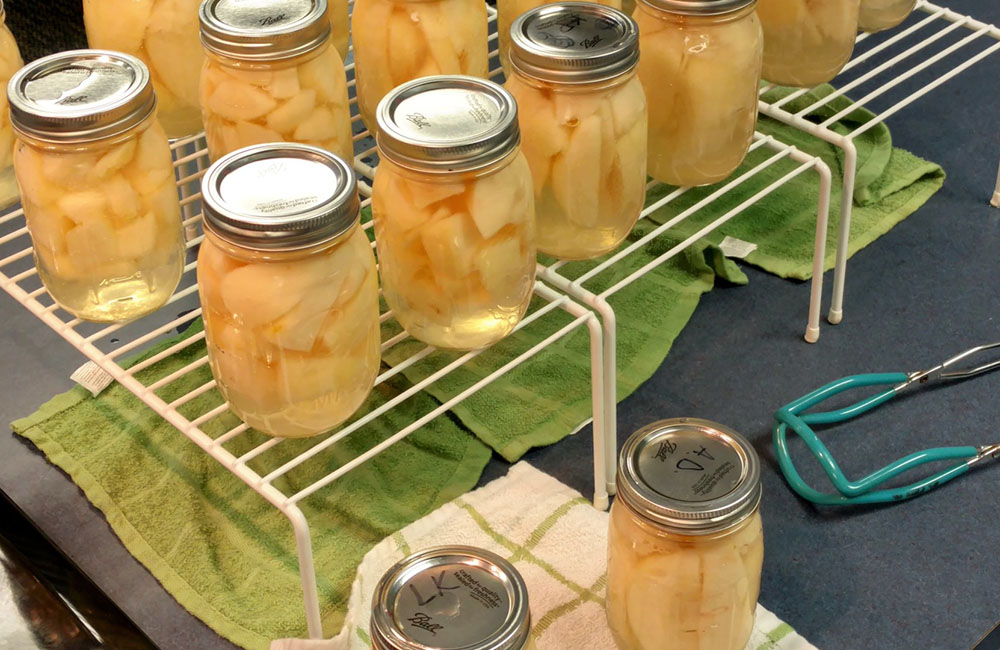
Food Preservation
Working Principle of Vacuum Capping Machine
The vacuum capper machine uses sophisticated technology to integrate vacuum technology and capping technology to ensure efficient sealing and freshness of food containers. Its working principle involves several key steps.
First, place an empty container in the working area, and then by activating the vacuum system, the air inside the container is drawn out to create a vacuum environment. Subsequently, remove the special lid from the hopper and place it precisely over the container opening. Once the container is under vacuum, the capping operation begins by rotating the cap to securely close the container. With its unique working principle, the vacuum capping machine provides an efficient and accurate capping solution for the food industry, ensuring food quality and preservation needs.
What Types of Canned Food are Vacuum Capping Machines Suitable for?
The vacuum capping machine is suitable for many types of canned food, covering various food types and packaging needs. Here are some examples of the types of canned food that vacuum capping machines are suitable for:
- Vegetables and Fruits: The vacuum capping machine is suitable for canned vegetables and fruits, such as corn, carrots, beans, fruit puree, etc.
- Meat and Poultry: Vacuum screw cap technology can seal canned meat and poultry products, such as chicken, ham, chicken puree, etc.
- Soups and Sauces: Canned soups and various sauces (e.g., ketchup, chili sauce) can benefit from a vacuum capping machine, which ensures that these liquid foods will not leak and spoil in a sealed environment.
- Beverages: Beverage cans also use vacuum capping technology to maintain the freshness and taste of beverages and prevent oxidation and gas leakage.
- Condiments and Canned Food Ingredients: Canned condiments such as seasonings, mushrooms, etc., and ingredients for food production can be sealed by a vacuum capping machine to extend their shelf life and quality.
- Desserts and Snacks: The vacuum capping machine can be used for canned desserts and snacks, such as jams, puddings, etc., to maintain their sweet flavor and texture.
- Canned Dairy Products: Dairy products like canned milk, fruit yogurt, etc., can also be vacuum capped to ensure their quality is maintained in a closed environment.
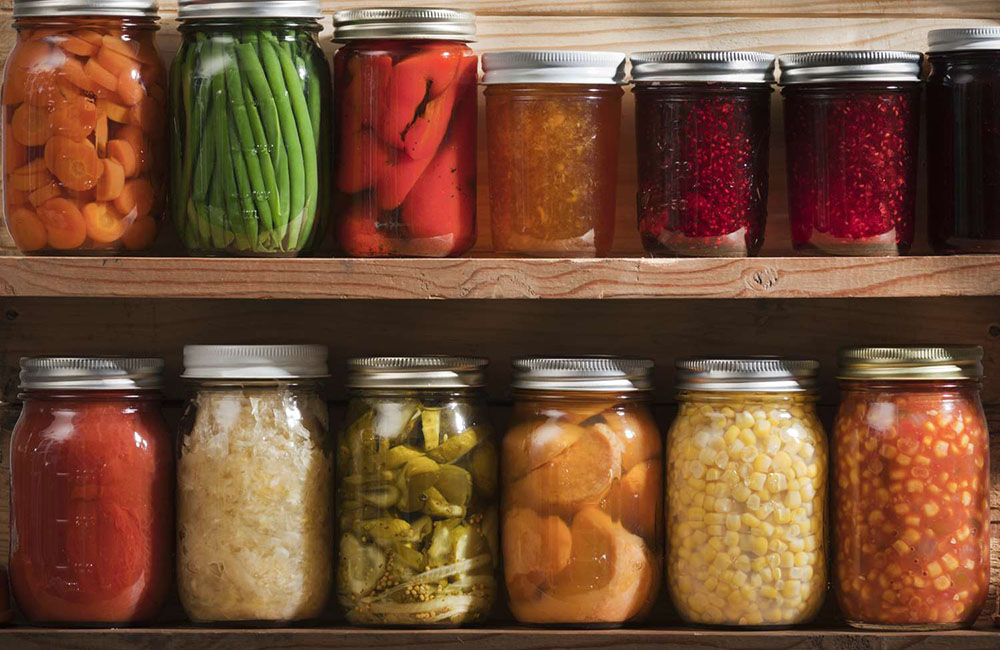
Canned Food
Conclusion
Vacuum capping machines are important in canned food packaging, providing freshness preservation, quality assurance, and innovative solutions for the food industry. With future food packaging development, trends such as sustainability, intelligence, and personalization will bring new challenges and opportunities to food packaging technology.

